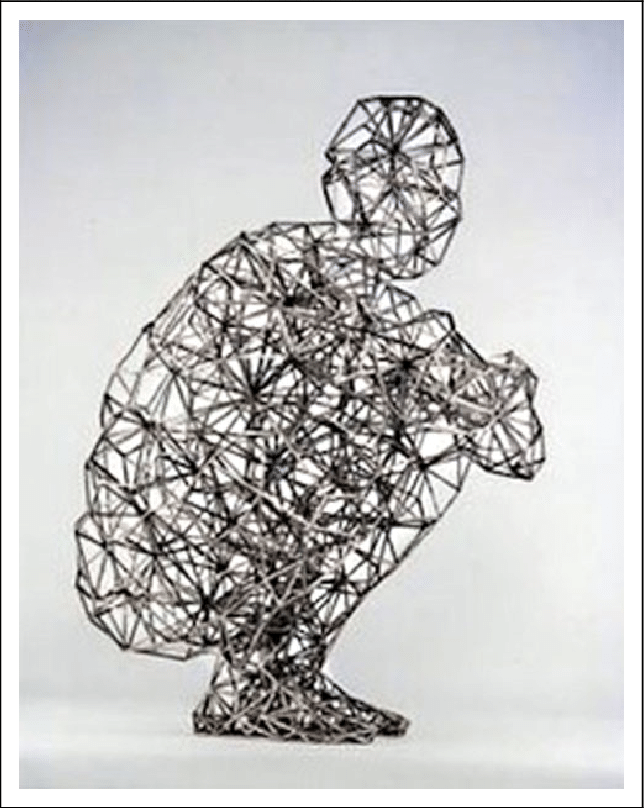Scar Tissue Work
Posted on

3 years ago, I took a scar tissue course with Emma Gilmore at the Exeter School of Bodywork and since then I have developed a keen and growing interest in the impact that scars can have on our health and our mobility. This week, I’m back in Exeter, supporting Emma in delivering a course to a group of new students who all want to learn how to support clients who have scars.
I was asked today; what do you love about scar tissue work?
I have always been fascinated by the story that is told through the body and the way that a lifetime of experiences plays out - in our tissues, our posture, the quality of our movements, the capacity of our breath. Often these manifestations of our life experiences are subtle and accumulate gradually, but sometimes we have these dramatic moments in our lives, an accident, a surgery, an injury or assault that creates a lasting imprint on our physical body. The story becomes etched into our tissues. Once a wound is healed and the scar is seemingly complete, it is is it easy to assume that that’s it now, that’s the legacy and that’s that.
Sadly, there are a lot of people who have scars that they consider to be of negligible significance beyond the scar itself, but in fact are living with a legacy of compensation that is affecting their lives undetected. The reason for this lies in the phenomenal make up of the fascial web. Fascia is a three dimensional network of sensory connective tissue that, in health, runs continually, without any interruption throughout your entire body. It makes sense then to really consider the impact that a scar has on the fascial network, not just at the site of injury or insult to the tissues, but way beyond it too.
Aside from scars that result from wounds or incisions, many people have more hidden scars; internal adhesions that can result from surgery, investigative procedures and inflammatory responses in the body. Our internal organs (viscera) should be able to smoothly glide over one another, giving space and structural integrity to each distinct organ, however, when the body heals it can incorporate tissues from surrounding surfaces, anchoring to other organs or bones. These can impact the functioning of our systems particularly the digestive and reproductive organs and can lead to discomfort and pain, and again can create restrictions in the fascial web that can have repercussions in the quality or range of movement of seemingly separate parts of our body.

Sometimes, the thought of having work to a scar seems uncomfortable, you may feel embarrassed about your scars or disconnected from them. Scar tissue release is very gentle and tissue led and created in a safe, trauma informed way to support you in gently exploring your scars and their legacy, always at a pace that is right for you. You are likely to find it very restful and often the process of connecting with the scar can facilitate a deeper emotional release that may have not been processed when you were busy recovering from the original physical injury, often our complex emotions are sidelined in order to deal with immediately traumatic events, but the body keeps the score and often this can lead to the tissues not making full healthy recovery, hanging on to something that needs to be expressed.
A scar of any age can receive beneficial treatment, old scars are often overlooked as being negligible in their impact but they are most certainly worth revisiting to restore structural integrity and alignment to the body as a whole.
So, this is what I love about scar work, the potential to bring about physical and postural improvements while gently witnessing, supporting and facilitating the emotional release and processing that is needed to keep a body in a state of health, versatility and resilience.
If you would like to learn more or discuss your particular needs, contact me or book online.
with thanks to Justin Luebke on Unsplash for the cave image